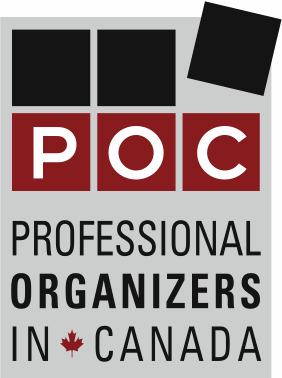On the drive home I was talking to a friend who told me about a video she saw on YouTube. She described a cute, little woman who reminded her of Tinker Bell. She was referring to Marie Kondo. For those of you who don’t know, Marie took the world by storm in 2015, with the translation of her book The Life Changing Magic of Tidying Up. Spark Joy, apparently written in 2012, then received a lot of attention as well. Following that, I didn’t hear much more about Marie Kondo.
Until this year! Marie Kondo now has a show on Netflix called Tidying Up. I’ve only watched one episode so far, but I was struck by the difference between this show of 2019, and the organizing shows of 10 years ago. In tidying up, we see Marie come to the client’s home. She greets the home, speaks in soft tones, smiles warmly as she explains the significance of our items sparking joy within us. Marie describes sparking joy as being the same feeling we experience when hugging a puppy – I thought that was a great explanation!!!
Much of the episode I watched showed the family working on their own, over several days. This is sheer brilliance! It’s really important for the TV viewer to recognize that the process of getting organized doesn’t occur in just one hour; it’s about trying to incorporate new habits. Most importantly, while the family records their experience, they talk about their feelings. They acknowledge that dealing with their clutter ultimately allowed them to feel more relaxed at home. There was less arguing. The husband even said that before they decluttered, he wasn’t giving the best of himself to his family. But now that home was a more peaceful place, he could show up as a better version of himself. That is the real magic we experience when we declutter. Dealing with the clutter isn’t merely cleaning up. It’s about simplifying. Reducing stress. Freeing up time to do what matters most to you, and creating harmony at home.
I hope that the gentle demeanour of Marie Kondo will put a positive spin on the organizing process. People familiar with the organizing shows of yesteryear always ask, Are you going to make me throw all my stuff? The answer is always a resounding No!!! Just like the couple featured in that first episode of Tidying Up, I want people to realize all the good things that come from living with clarity and intention. If you’re beginning to see how order in your home can bring peace and fulfillment to your life, make a plan. Make it happen.









